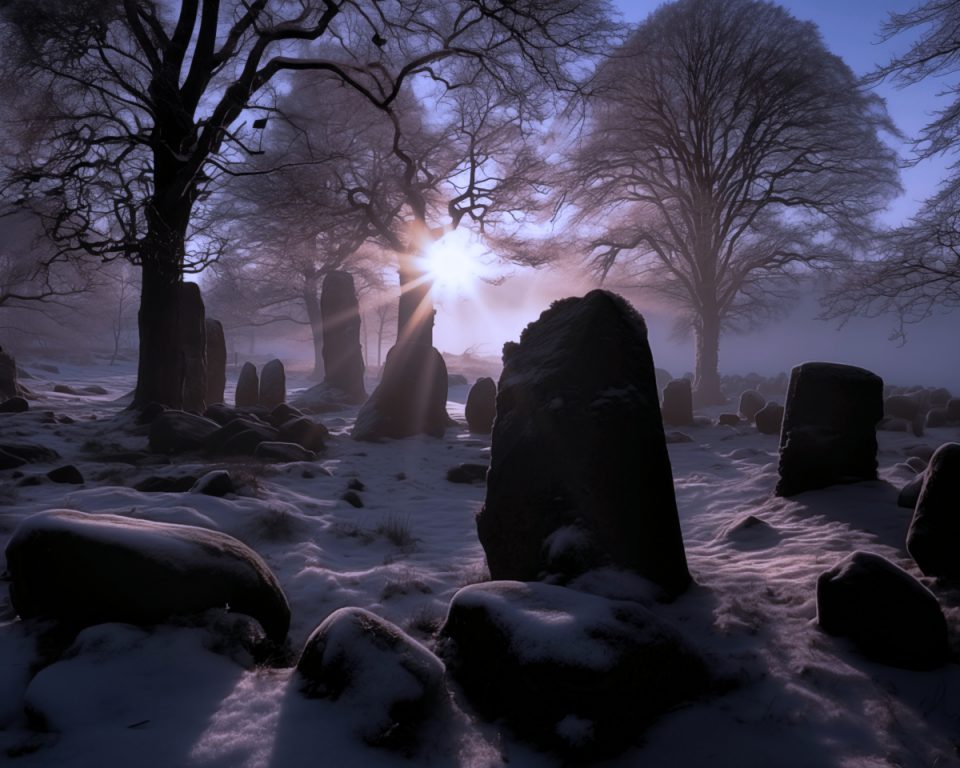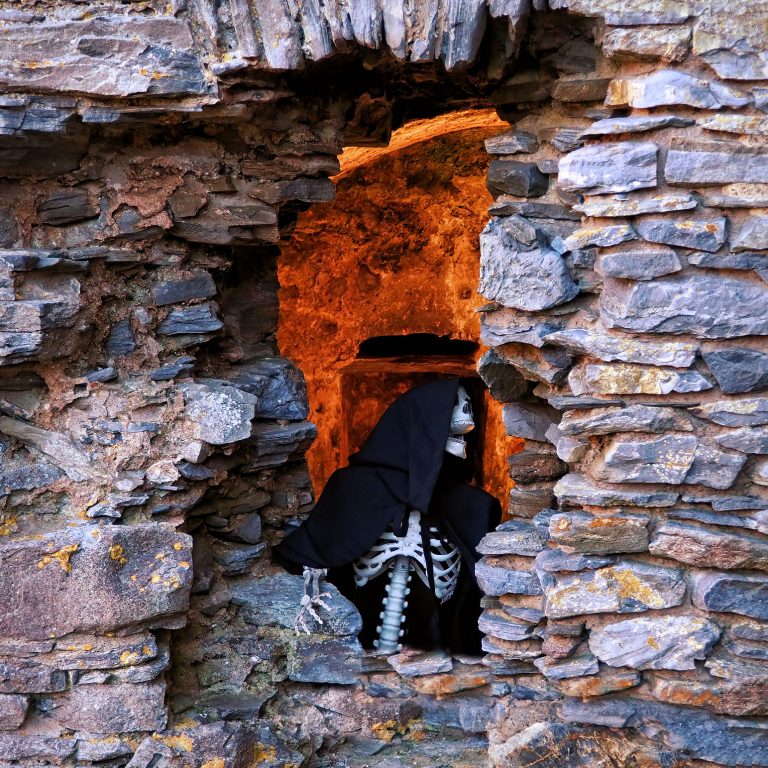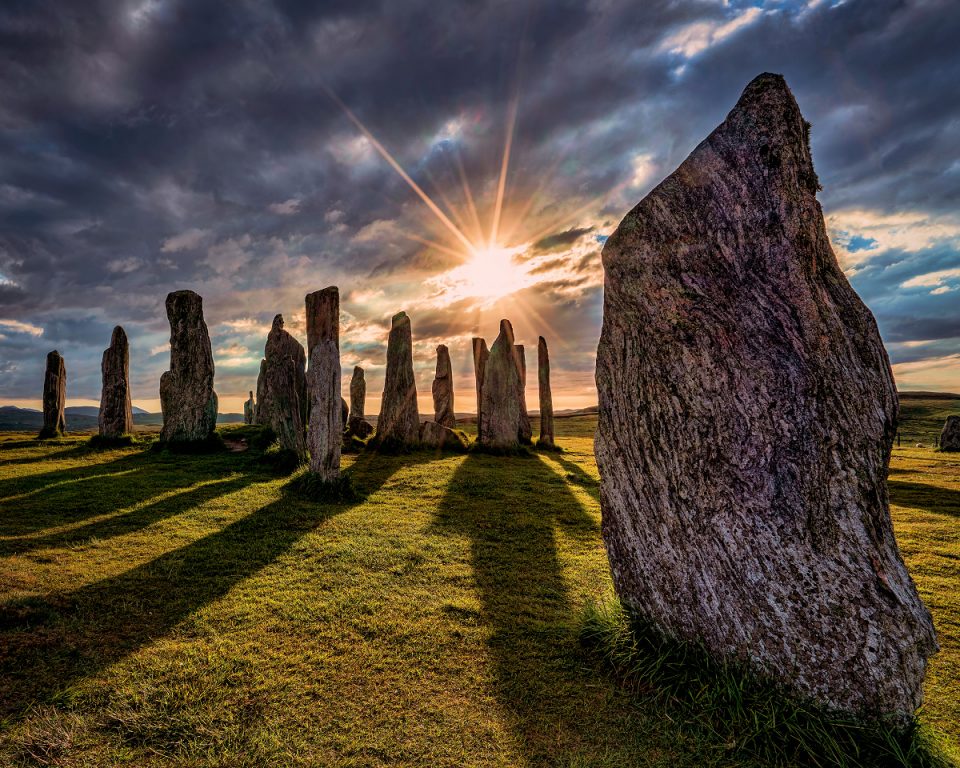I am convinced that the Scots are a nation of pyromaniacs. I used to work in a laboratory connected to a famous Scottish food factory located on the banks of the River Spey. The guys that I worked with were obsessed with lighting fires and causing explosions. Alright, so when ‘Fire Starter’ was playing on the radio, they said it was my theme tune, but my fires were never intentional. I was let loose every morning with a blow lamp, so I could sterilise the taps I was taking water samples from. But I digress…Perhaps in the long winters nights, when a freezing wind blows off the North Sea and the cold sinks deep within our bones, we yearn for the warmth fire brings. Maybe it is in our DNA and goes back to when the clansmen were rallied for battle by highlanders running over the Scottish mountains carrying the fiery cross. Perhaps there resides within us, a hankering back to more primitive times when fire was thought to purify and chase away evil spirits. Whatever the case, Scotland has more than its fair share of mid-winter fire festivals. From the Stonehaven Fireball Ceremony to the Burning of the Clavie or The Viking spectacle of Up Helly Aa, there is one thing certain, each of these events are unique and dramatic in their own right.
Up Helly Aa Fire Festival
Perhaps the most famous of Scotland’s Fire festivals and certainly one of the most visually striking and evocative, this festival is held in Shetland on the last Tuesday in January. A horde of latter-day, axe-wielding Vikings lead a torchlit procession through the streets of Lerwick and culminates in setting light to a Viking Longship.
However, the Up Helly Aa Fire Festival is a relative newcomer to Scotland’s fire festival scene. Originally, the celebration grew out of the older yuletide tradition of tar barrelling. Squads of young men would drag barrels of burning tar through the streets on sledges, making mischief along the way. The Vikings arrived in Shetland a little over a thousand years ago and although their presence is now long gone, their influence remains on these islands. With all that Viking blood coursing through the young lads’ veins was it little wonder that they enjoyed their Yuletide excesses? One Methodist clergyman was to describe the scene in Kirkwall on Christmas Eve of 1824 as
“an uproar: from twelve of the clock last night until late this night with blowing of horns, beating of drums, firing of guns, shouting, bawling, fiddling, fifeing, drinking and fighting. Thus was the state of the town all of the night — the street was as thronged with people as any fair I ever saw in England.”
Around 1874, the practice of tar barrelling was abolished, and permission was granted for torchlit processions. From there the event escalated into the celebration we now known as Up Helly Aa. The first torch celebration on Up Helly Aa Day took place in 1881. The following year the torchlit procession was significantly enhanced and institutionalised through a request by a Lerwick civic body to hold another Up Helly Aa torch procession for the visit of none other than Alfred, Duke of Edinburgh and son of Queen Victoria. The first galley was introduced and burned in 1889. The honorary role of the ‘Jarl’ was introduced to the festival in the early twentieth century.
The celebration is overseen by the Guizer Jarl, to all intents the King for the day, with a different one chosen each year. He is helped by his squad of fifty or so heavily armed ‘Norsemen.’ Up to a thousand costumed “guizers” (the word derived from the disguises they wear) each carrying a flaming torch, help drag the boat through the streets to its ceremonial burning.
When all the torchbearers arrive at the final resting place of the longship, they form a circle round it and sing the traditional Up Helly Aa song. Then the guizers throw their torches into the boat. After the flames die down, the guizers sing another traditional song, “The Norseman’s Home” before going on to a night of partying.
The Fireball ceremony: Stonehaven’s Fire Festival
Nestled on the Scottish east coast, sixteen miles south of Aberdeen, Stonehaven grew up from an Iron Age Fishing village. The ceremony, which is believed to have ancient origins is held on Hogmanay (the Scottish word for New Years Eve).
Some fifty hardy Scots, mostly dressed in kilts, parade through the town on New Year’s Eve swinging balls of fire around themselves and over their heads. The fireball weighs between five to fifteen pounds. The fireballs are constructed from a double cage of stout wire mesh, packed with a variety of combustible materials, typically including coal, wood, paper, rags, fir cones and the like, though the exact recipe comes down to the preference of each individual swinger. The finished ball then has a strong handle made from a double wrap of fencing wire firmly fixed to it, before it is thoroughly inspected and certified safe for use. It gets underway before midnight with a pipe band providing the entertainment. At the stroke of midnight and led by a piper, the swingers raise their flaming balls over their heads and begin to swing and twirl them, showering the street, themselves and usually the 12,000-strong crowd, with sparks. Beware! Your best designer clothing is not your best choice of attire for this event! The fireballs are finally flung into the harbour. Fireworks are then lit and the revellers party into the wee small hours of the morning.
Although the ceremony dates from a fishermen’s festival in the 19th century, these torch processions can be dated back to before Christianity. Why did this festival begin in Stonehaven? There are various theories
- That it coincides with the winter solstice and the fireballs swinging represent the sun.
- A pre-Christian theory that the fireballs purify the world by consuming evil and warding off witches and evil spirits, thus the evil spirits of the previous year were chased away.
- During the Dark Ages a shooting star appeared above what is now Stonehaven. Thereafter, by coincidence, those living nearby may have had bumper crops. The seers of the tribe then attributed this prosperity to the coming of the shooting star. The Fireball is a mimic of the coming of the shooting star and prosperity.
Burning the Clavie: Burghead’s Fire festival
Burghead is a small fishing town built on a peninsula that juts into the Moray Firth. The town grew up on the site of a vitrified Pictish Fort, which is now thought to be one of the oldest Pictish forts in Scotland and one of the most significant. It is thought to be one of the capitals of the Pictish world. On the 11th of January every year, people brave the sub-zero temperatures to see the 1,600-year tradition of Burning the Clavie. Burghead is a cold place at the best of times, far less in the height of winter.
Traditionally, the Clavie was made from herring barrels but is now made from a whisky barrel cut down to 17 inches. (Small wonder given that Burghead is located in the county with the highest concentration of distilleries in the world!) The Clavie is filled with tar and staves of wood. It is nailed onto a pole with a specially forged nail. It has been suggested that the word clavie may be derived from the Gaelic cliabh, a basket for carrying combustibles, though others propose the Latin clavus meaning a nail, since the nail used to fix the barrel to its carrying post is traditionally re-used from year to year.
The procession begins with the Clavie King setting light to the fire. His role is to ensure that the traditional rituals are adhered to. He is supported by a group of around fifteen men, who form the Clavie Crew. To carry the Clavie you must be a born and bred Brocher (Native of Burghead). The tough Clavie crew take turns of carrying the burning cask, dripping with tar along a route down Granary Street following the outline of the ancient Burghead settlement. They stop from time to time, giving faggots to give certain residents as a ‘lucky’ piece of the Clavie. Meanwhile the smoke and flames from the Clavie are said to be warding off evil spirits.
At the end of the procession, the Clavie is put into a stone altar upon the Doorie Hill, the site of the last remaining section of the Pictish fort. This is where the fire really gets going. Accompanied by cheers, more and more casks are thrown into the inferno along with tar. Eventually, the barrel collapses and the gathered crowds scramble to get their hands on the embers which were once said to have provided charms against witchcraft. Traditionally the embers would have been taken home to and used to kindle the New Year’s Fire. The charcoal is then gathered and placed into the Brochers’ chimneys to prevent spirits and witches from emerging from under the mantelpiece.
Celebrating the Old Scottish New Year
The burning of the Clavie on the 11th of January stems from the introduction of the Gregorian calendar in the year 1600. This meant that 1599 was a short year. A huge outcry ensued, triggering public disorder in some villages. But the canny Brochers, saw this as an opportunity to celebrate New Year twice per year.
The origins of the burning of the Clavie have long been lost in the mists of time. However, modern clavie burning does offer some interesting historical insights. The direction of the Clavie procession, clockwise through the streets, hints at the same fundamentally solar nature typical of midwinter fire festivals globally. Was this ritualistic fire festival created by the Picts in the old fort out of their simple fear that the sun would not be reborn and that light and fertility would not return to the land?
Despite being damned by the Presbyterian establishment as “idolatrous, sinfule and heathenish” and officially banned in 1704, each year large numbers of visitors join the inhabitants of Burghead to celebrate the ‘old’ Scottish New Year.
Please feel free to share the spooky by using the links below or leave us a message in the comments box.




